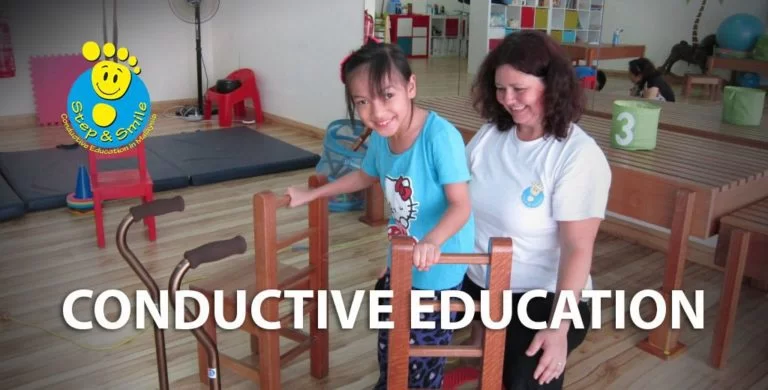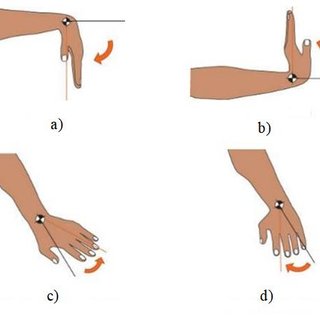Conductive Education: Neuro Rehab Technique For Special Child
Table of Contents
Introduction
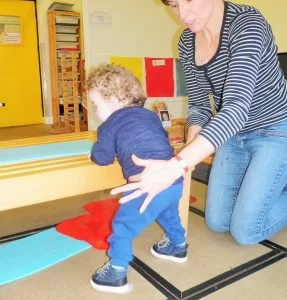
- Conductive education is a multi-disciplinary approach to educating children with cerebral palsy and other neurological and motor disorders. It was created and developed in Hungary, in 1945 by Dr. Andras Peto.
- According to Peto, disabled children can overcome their limitations with indirect teaching and learning. Teaching children is focused on their personalities and learning style, instead of a more traditional approach offered through public schools’ special education programs.
- Conductive education focuses on allowing kids to see themselves as self-reliant, regardless of how many limitations the world tells them they have. It also helps children develop an “ortho- functioning personality,” meaning it helps them achieve educational and daily living goals via nurturance and developing a teaching plan that centers around the child and their likes/dislikes.
- Although conductive education is not medical-based, it does integrate medical knowledge into learning methods that help teach children how to gain control over their movements.
What is a Conductive education?
- Conductive education given in groups , the person giving the education known as ” CONDUCTOR “. The children are of same age , group , deformity & given diffrent tasks to complete. The task and task parts are taught by the use of facilitaion – rhythmical intention. When the movements become automatic , new intention for a new movement is introduced.
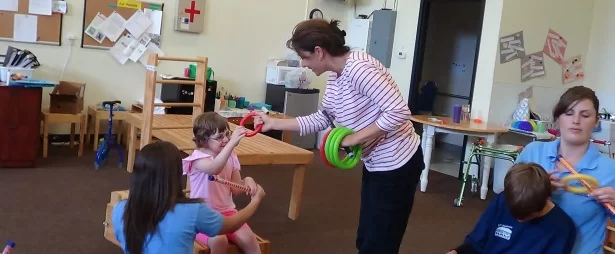
Goals of Conductive Education
- The goals of conductive education include assisting children in developing maximized orthofunction (the ability to conduct activities of daily living, such as dressing, eating, and self-care). The program also seeks to develop maximal independence in school, the community at large, and the workforce using minimal or no adaptive equipment. This program especially targets children under age six for maximal potential impact.
THERE ARE THREE CENTRAL COMPONENTS TO THE CONDUCTIVE EDUCATION SYSTEM :-
{1} Task Series
{2} Rhythmical Intention
{3} Daily Routines Throught Group Activity
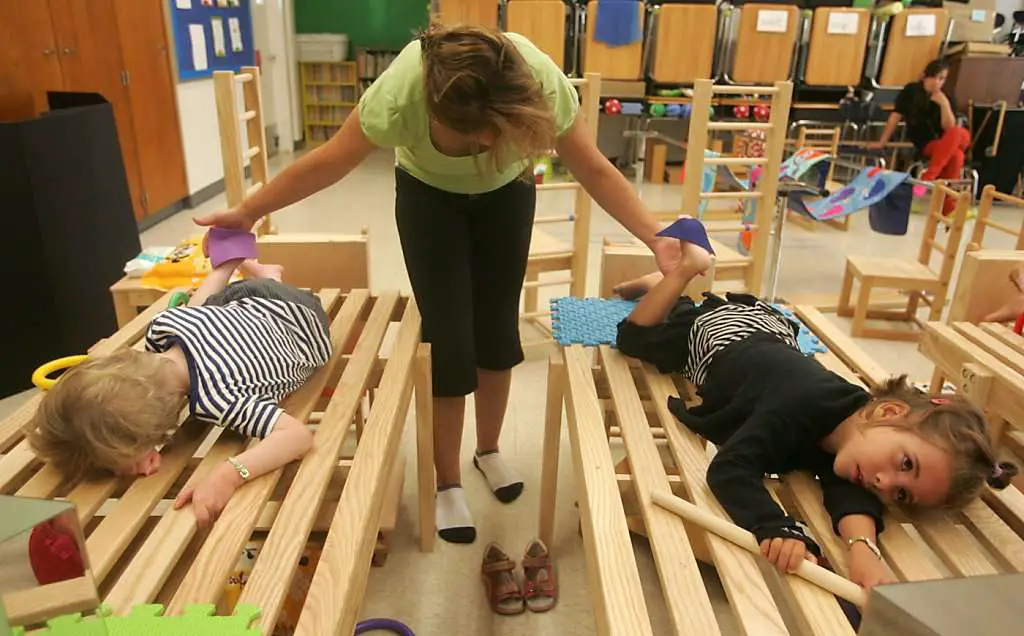
TASK SERIES :-
- The activities of daily life & of learning form a sequence of events for the child from waking to sleeping. The child is then guided individually , or in a group , to the successful completion of each component. Each functional activity is analyzed & broken down into its individual elements or stages known as a ‘ task series ‘.
There would therefore be a task series for activities such as:
> rolling over in bed
> sitting on a potty
> rising from sitting to standing
> putting a coat on
> holding a pencil
> drinking from a cup
- The child becomes motivated to succeed because each task series has an immediate relevance and significance to the child and to a practical situation. The process is not a passive one but one in which the child shares the process of problem solving to develop the task series and is encouraged to initiate the activity for him or herself. The child learns to organise and plan his or her own movements.
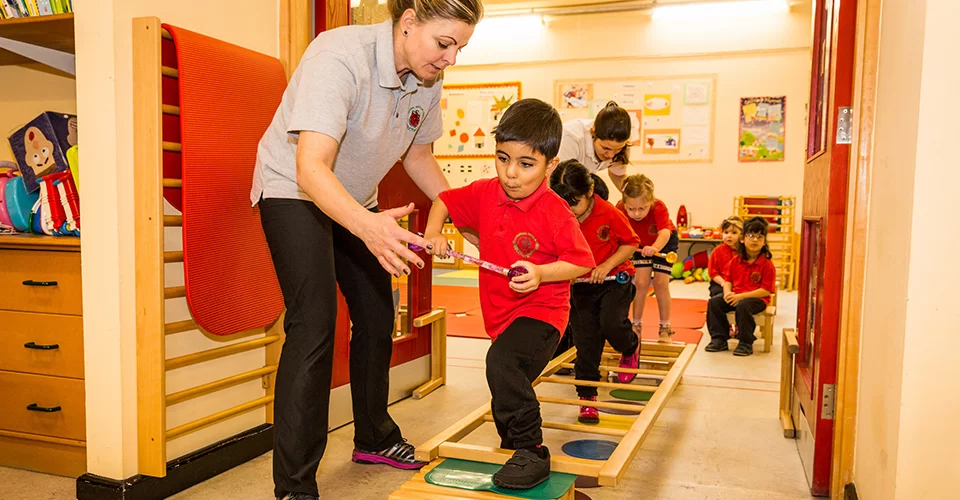
RHYTHMICAL INTENTION
- Rhythmical intention is the guidance of speech or inner speech which is used to direct conscious action. Each specific goal or activity is always reached through the same task series and verbal intention so that repetition reinforce the learning The following sequence of events then takes place :
1. The conductor speaks the first phrase of the task series.
2. The conductor and child or group repeat the phrase.
3. The conductor and child or gruop repeat the phrase a second time.
4. The action is performed whilst the action word is repeated.
- In conductive education it is considered that the repetition of the action in words before the action takes place prepares the motor set for that movement and also that by performing the movement only during the action word spastic patterns are inhibited.

DAILY ROUTINES FOR GROUP ACTIVITY
- Each part of the day is used as a learning situation and complex programmes of activity are developed which shape the group’s daily routines. Conductive education uses a group setting as its means of teaching , of motivation , and of developing social skills.
- The conductor , who combines the multi-proffeional and teacher , would select activities appropriate for the group which build into a daily programme which incorporates all aspects of child learning and development.
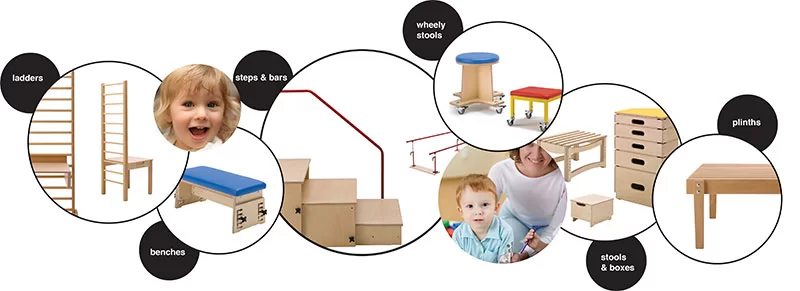
EQUIPMENT
- Conductive education dose not advocate the use of wheelchairs , calipers or equipment unless essential.
The Peto bench and chair provide these numerous pivots and points of reference. The ladder-back chair is also used as a walking aid. - Two types of equipment have , however , become known as Peto equipment :
> The ladder-back chair
> The slatted bench - CONDUCTIVE EDUCATION is a holistic approach to the disabled child in which a motor disorder is seen as a learning difficulty to overcome rather than a condition to be treated.
CONCLUSION
- Conductive education may benefit the motor development of children with cerebral palsy and provide greater parental support. A randomized control study with adequate subject numbers is necessary to confirm this tentative conclusion.

